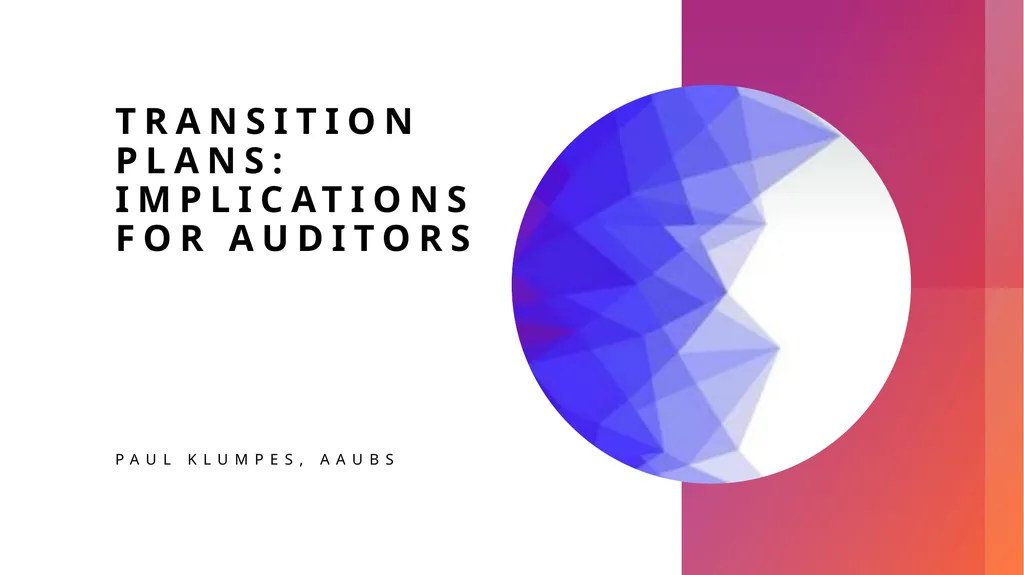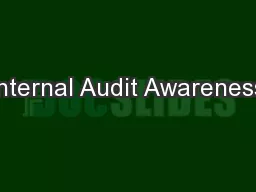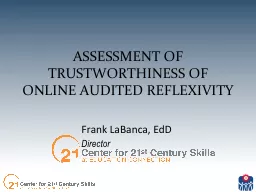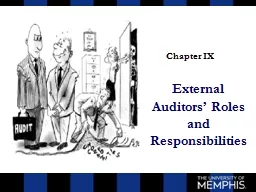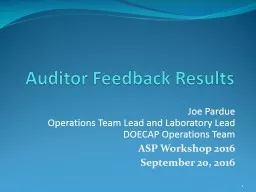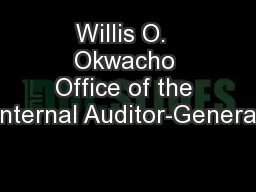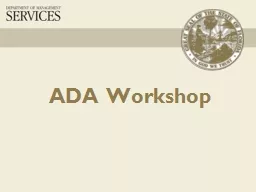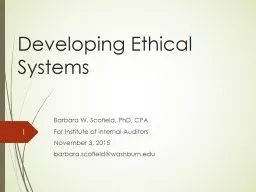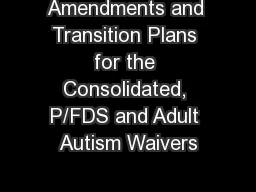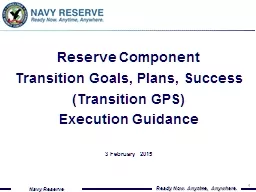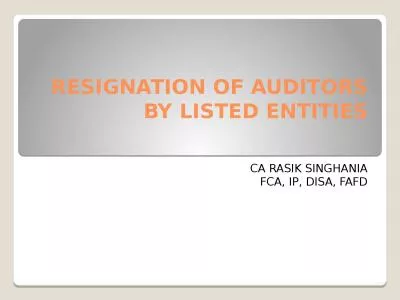Transition Plans: Implications for Auditors Paul
Author : yoshiko-marsland | Published Date : 2025-06-23
Description: Transition Plans Implications for Auditors Paul Klumpes AAUBS Overview of presentation Introduction and background Prior literature review Theoretical antecedents Development of hypotheses Research approach Empirical results pre
Presentation Embed Code
Download Presentation
Download
Presentation The PPT/PDF document
"Transition Plans: Implications for Auditors Paul" is the property of its rightful owner.
Permission is granted to download and print the materials on this website for personal, non-commercial use only,
and to display it on your personal computer provided you do not modify the materials and that you retain all
copyright notices contained in the materials. By downloading content from our website, you accept the terms of
this agreement.
Transcript:Transition Plans: Implications for Auditors Paul:
Transition Plans: Implications for Auditors Paul Klumpes, AAUBS Overview of presentation Introduction and background Prior literature review Theoretical antecedents Development of hypotheses Research approach Empirical results (pre!) Conclusion and further research 1. Introduction and background Transition plans are “an aspect of the undertaking’s overall strategy that lays out the entity’s targets and actions for its transition towards a lower-carbon economy, including actions such as reducing its GHG emissions and with the objective of limiting climate change to 1.5°C and climate neutrality” (ESRS E1, p. 20) Mandatory under ESRS 1, optional IFRS S2 Initially proposed by GFANZ, subsequently detailed guidance provided by Transition Planning Taskforce UK Climate change litigation NL Climate-related commitments and constructive obligations IAS 37 IFRIC? Implications for auditors and attestation service providers? 2. Prior Research TCFD climate related reporting practices TCFD’s own analysis GFANZ studies Empirical evidence: Asset owners and asset managers Pension funds 3. THEORETICAL ANTECEDENTS Supply of, and demand for auditor quality reputation (Copley et al. 1995) Assume that audit-attestation of climate transition plans is a differentiated product sold in a non-arbitrageable market. Unlike homogenous product situations, differentiation requires the simultaneous estimation of both supply and demand-related determinants. 4. Development of hypotheses H1: firms have exogenous characteristics that create variations in the demand for transition plan attestation services. These characteristics, or demand shifters, measure the level of agency costs faced by the firm in managing, mitigating and remediation of climate transition risks. H2: auditors-service providers have exogenous characteristics that enter the supply of transition plans reputation as supply shifters Assumption: The supply of and demand for reputation in audit-attestation service quality is inter-related and simultaneously determined 5. RESEARCH APPROACH Forbes 500 global companies Publicly owned, subject to CDP ratings High-emitting sectors (1) oil and gas (2) mining (3) food retail and processing (4) power-utility Financial institutions scope 3 emissions (1) banks (2) insurers (3) asset managers (4) pension Analysis of audit-attestation reports Empirical variables: Agency costs: investment risk, Tobins Q, ROA, ATO Audit reputation: audit fees (+/-) non-audit services, quartile analysis 6. EMPIRICAL FINDINGS Demand: quality of climate transition risk reporting is related to: Whether the firm has a transition plan Investment risk (industrial firms) Firm size (financial institutions) Supply: propensity to produce credible transition plan reporting related to: Audit fee Investment risk Tobins’ Q 7. Conclusion Further RESEARCH
